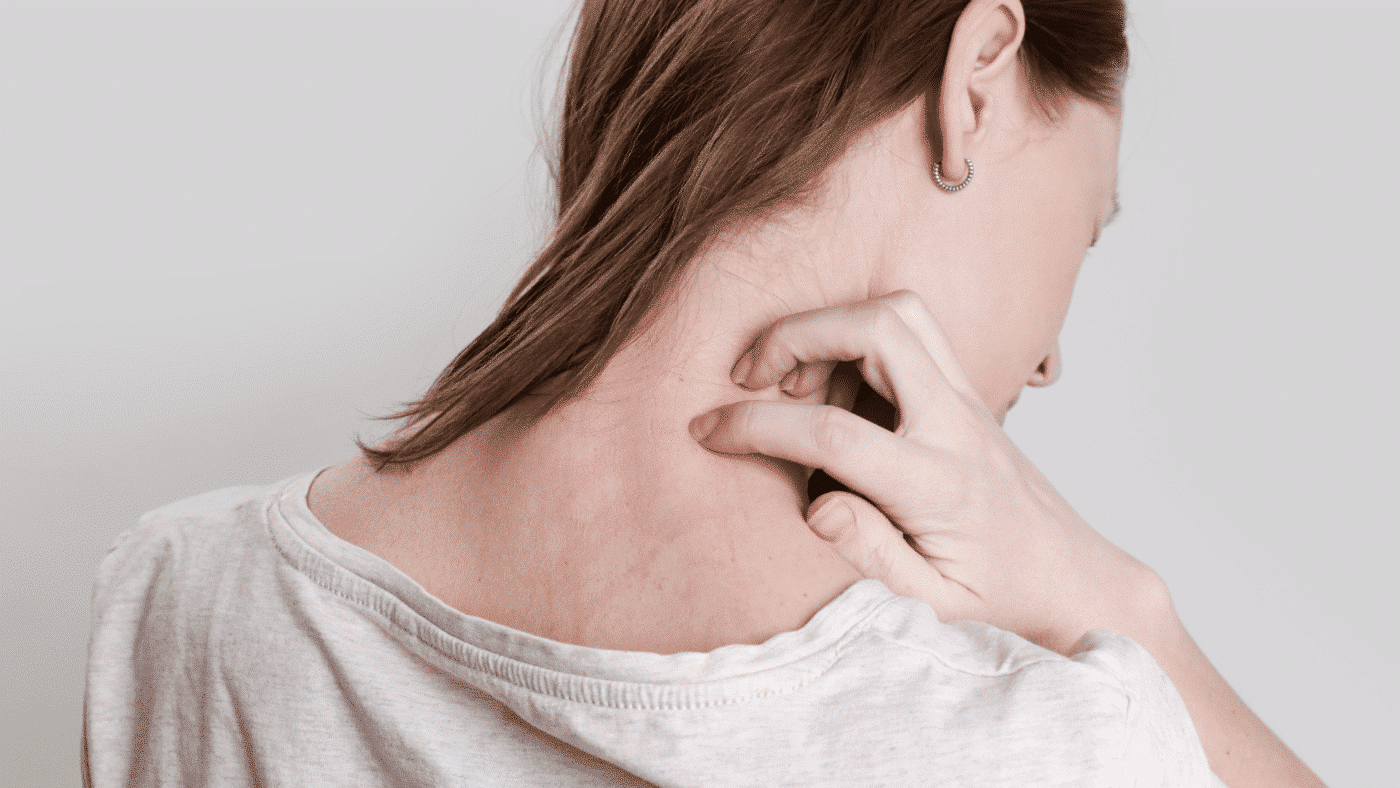Eczema is one of the most common skin diseases. In industrialized countries, it has been developing rapidly for 50 years, following the spectacular increase in autoimmune diseases and allergies (or considered as such) ….
A large number of children are affected, often very young – 15% of infants – announcing or accompanying in half of the cases so-called atopic pathologies such as asthma or rhinitis. Because of more or less acute or chronic skin irritations which cause itching, nervousness and insomnia, eczema can ultimately affect the balance of the whole family. But it can also be used to get to know our body better and change certain habits.

The skin, a protective covering revealing a general condition
Eczema, like any skin condition, beyond its visible manifestation and the inconvenience it causes, reflects a more general imbalance in the body and sometimes in our lifestyle. The skin is an organ that participates in the relationship of man with his environment by its function as a protective envelope with a whole network of defenses. It is also an organ of exchange with the outside, in its function of drainage and also of exchange with the inside in the management of the general balance of our organism.
The different forms of eczema
Eczema, like any skin condition, beyond its visible manifestation and the inconvenience it causes, reflects a more general imbalance in the body and sometimes in our lifestyle. The skin is an organ that participates in the relationship of man with his environment by its function as a protective envelope with a whole network of defenses. It is also an organ of exchange with the outside, in its function of drainage and also of exchange with the inside in the management of the general balance of our organism.
Contact eczema:
localized, punctual and caused by an external irritant
Contact eczema, which is more common in adults on the professional level, occurs where the skin has been in contact with irritants or toxic agents. This manifestation is not strictly speaking allergic, these agents causing irritative effects in most people even if some are more sensitized by regular exposure to cold, humidity, dryness or heat. Certain activities, for example those which require frequent hand washing, can predispose to contact eczema on this part of the body. Certain metals, such as nickel, found in alloys specific to jewelry can cause irritable eczema in the precise place where it comes into contact with the skin. The same goes for cobalt, the chromium present in keys … As for certain detergents, they cause what is known as household eczema.
Atopic eczema:
excessive reaction to external or internal agents
It is an inflammatory skin condition manifested by plaques, redness, crusts, vesicles and itching and which tends to become chronic. Atopic dermatitis often appears from childhood and in 50% of cases from the first year. They are found on the face, scalp, behind the ears, at the folds of the knee, in the armpit or groin area.
Whereas in the case of contact eczema the main cause can be detected thanks to the point of contact with the irritant, atopic eczema
or atopic dermatitis highlights different factors that often combine and worsen. The question of imbalances on the ground then arises clearly.
External assaults are important factors
We talk a lot about external aggressions because many pollutants have appeared in our environment in recent decades. Elements of daily life can also intervene, such as cosmetics, textiles, but also certain drugs for external use or plants, meadows or flowers.
The skin becomes dry and loses its protective capacity
Due in particular to a chronic deficit of certain substances, the skin becomes dry and porous, and therefore more sensitive, allowing the irritants to enter our environment, thus causing an inflammatory flare-up.

